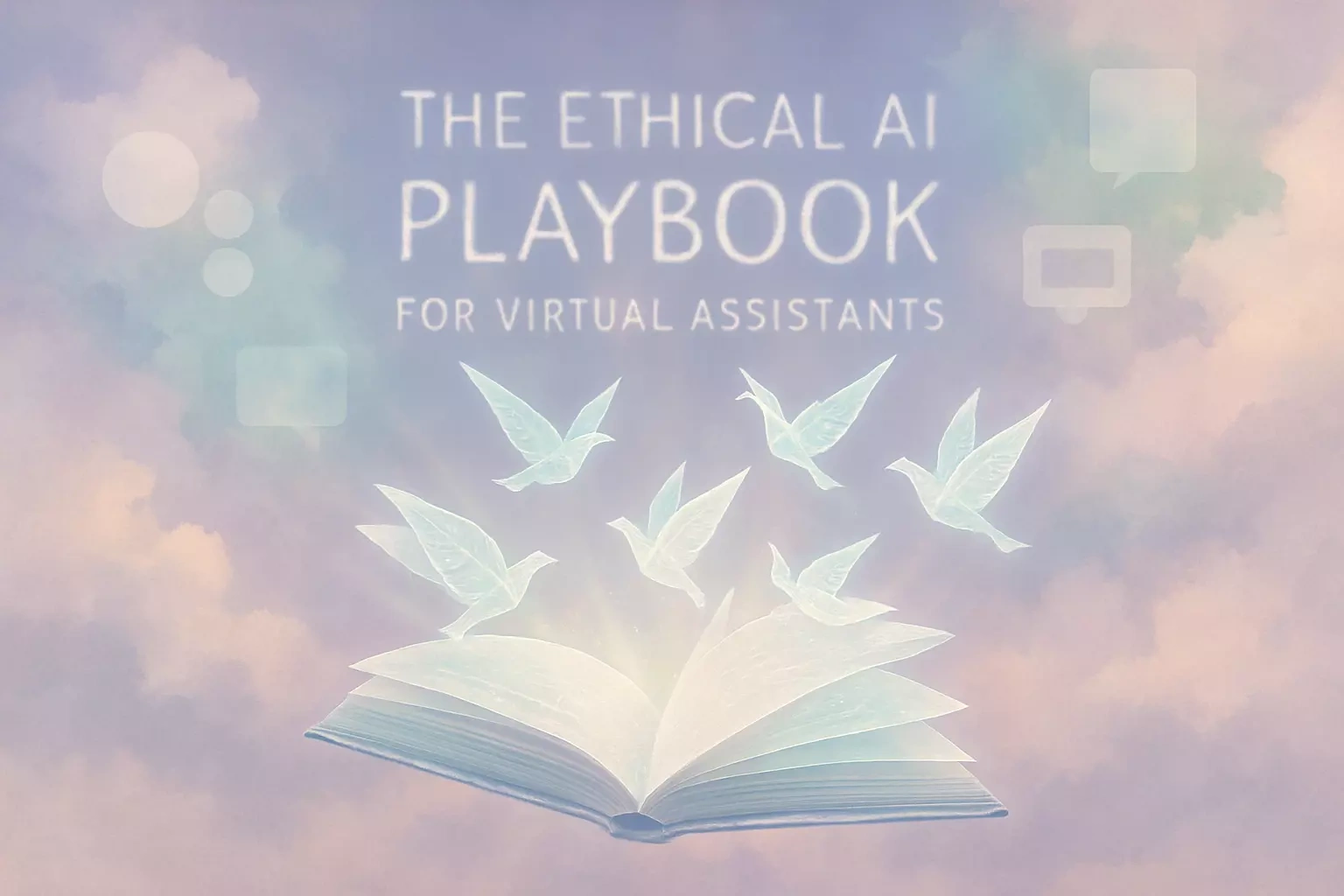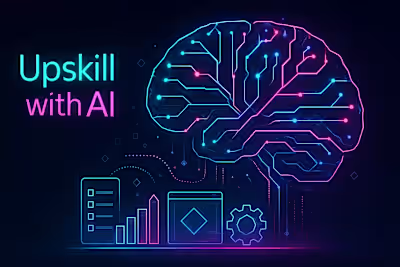The Ethical AI Playbook for Virtual Assistants

The Ethical AI Playbook for Virtual Assistants
Client Transparency: Why, When, and How to Disclose AI Use
Why Disclosure Builds Trust
How to Include AI Usage in Your Contracts
Communicating the Benefits to Your Client
Data Privacy and Confidentiality in the Age of AI
Understanding How AI Tools Use Your Data
Choosing Secure, Enterprise-Grade AI Tools
Best Practices for Handling Sensitive Information
Intellectual Property: Avoiding Plagiarism and Copyright Issues
The Myth of 100% Original AI Content
A Workflow for Ensuring Originality
Fact-Checking is Non-Negotiable
Recognizing and Mitigating Bias in AI
What is AI Bias and Where Does It Come From?
Your Role as the Human Filter
Conclusion
References
The Ethical AI Playbook for Virtual Assistants
Client Transparency: Why, When, and How to Disclose AI Use
Why Disclosure Builds Trust
How to Include AI Usage in Your Contracts
Communicating the Benefits to Your Client
Data Privacy and Confidentiality in the Age of AI
Understanding How AI Tools Use Your Data
Choosing Secure, Enterprise-Grade AI Tools
Best Practices for Handling Sensitive Information
Intellectual Property: Avoiding Plagiarism and Copyright Issues
The Myth of 100% Original AI Content
A Workflow for Ensuring Originality
Fact-Checking is Non-Negotiable
Recognizing and Mitigating Bias in AI
What is AI Bias and Where Does It Come From?
Your Role as the Human Filter
Conclusion
References
Posted Jun 30, 2025
Using AI comes with responsibility. Learn the essential ethical guidelines for data privacy, client transparency, and avoiding plagiarism to build trust and protect your VA business.









